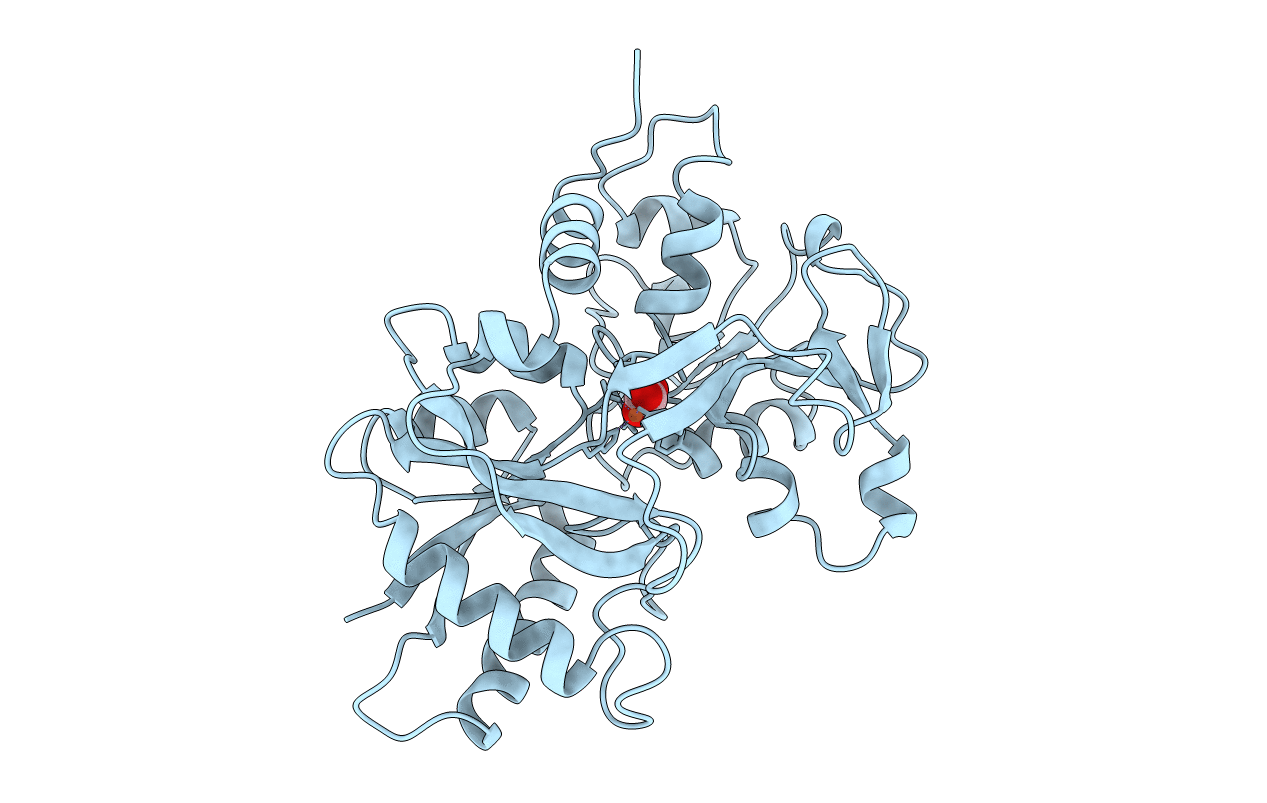
Deposition Date
1998-12-09
Release Date
1999-03-26
Last Version Date
2024-10-30
Entry Detail
PDB ID:
1B3E
Keywords:
Title:
HUMAN SERUM TRANSFERRIN, N-TERMINAL LOBE, EXPRESSED IN PICHIA PASTORIS
Biological Source:
Source Organism:
Homo sapiens (Taxon ID: 9606)
Host Organism:
Method Details:
Experimental Method:
Resolution:
2.50 Å
R-Value Free:
0.25
R-Value Work:
0.17
Space Group:
P 41 21 2


